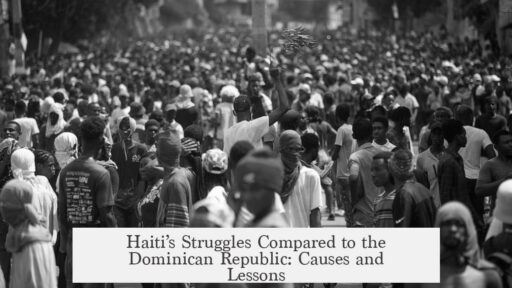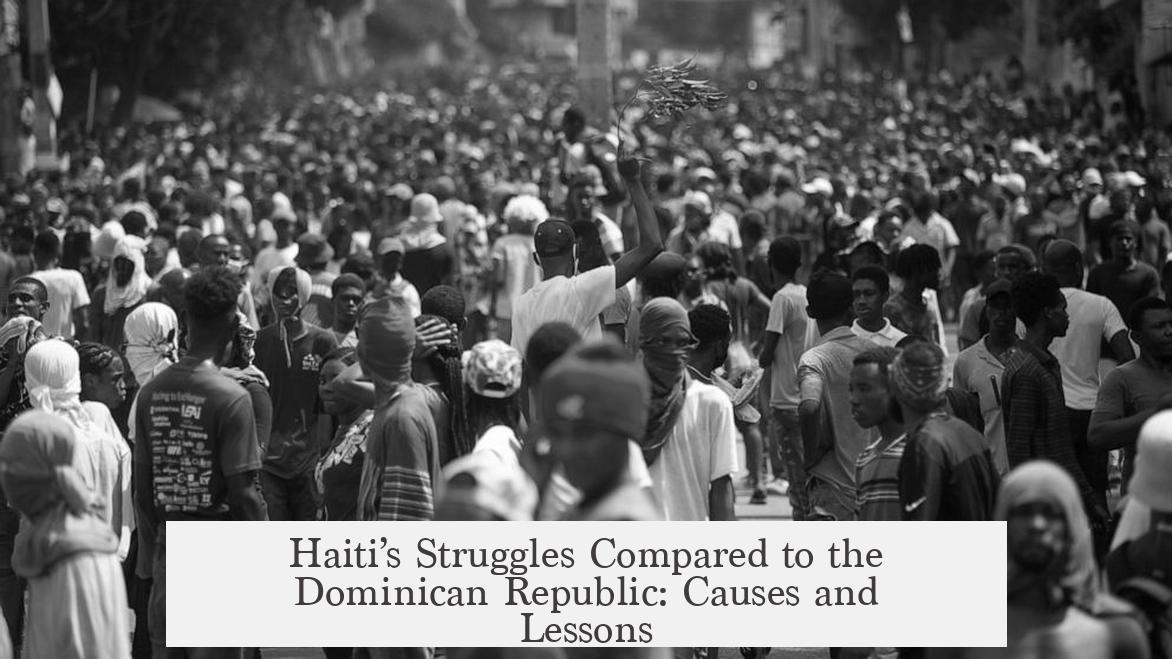Haiti is significantly worse off than the Dominican Republic due to a combination of historical events, political factors, and economic challenges. These factors include the consequences of colonial legacies, extended financial burdens, political instability leading to brain drain, and divergent economic development paths, especially in tourism.
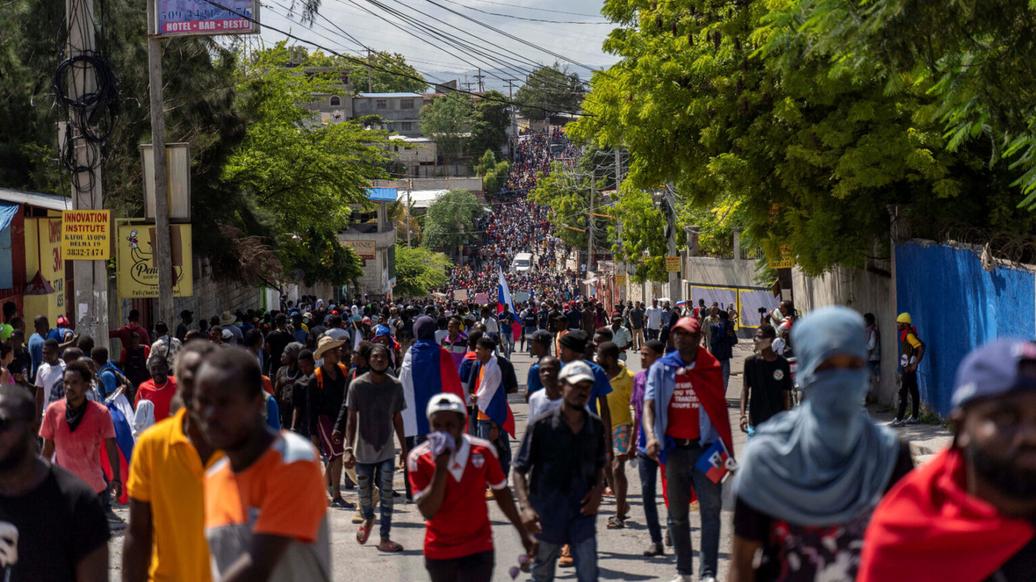
Historically, Haiti was not always poorer than its neighbor. Until the 1980s, Haiti showed better economic indicators compared to the Dominican Republic. The shift toward extreme poverty is relatively recent, implying that Haiti’s current situation results from developments over the past few decades rather than longstanding conditions.
The period of dictatorship in Haiti under the Duvalier family played a critical role in its decline. Human rights abuses during their rule caused the country’s wealthy and educated classes to flee. This exodus drained Haiti of vital capital and professional talent such as doctors, engineers, and scientists, hampering recovery efforts after the regime’s fall. In contrast, the Dominican Republic’s dictatorship under Rafael Trujillo emphasized education. Despite its own significant issues, the Dominican Republic did not suffer a comparable loss of professionals.
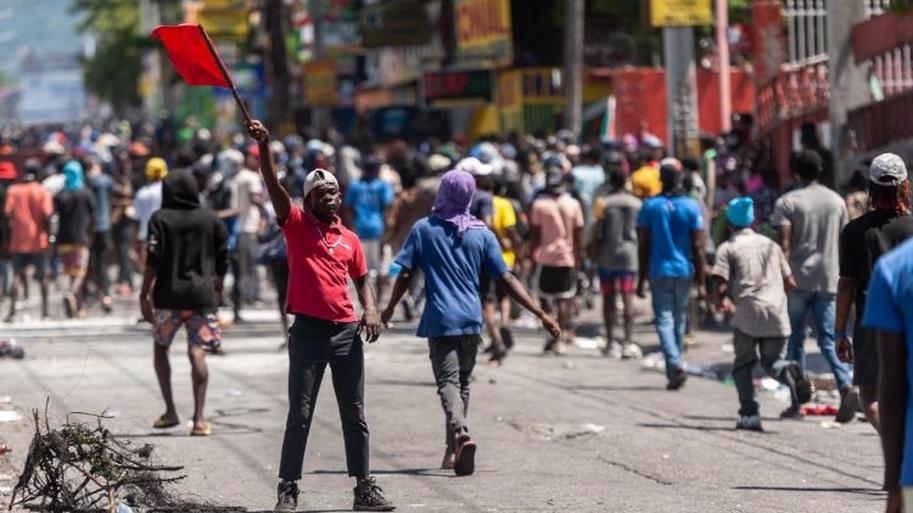
Colonial and post-independence pressures profoundly influenced Haiti’s economic status. Haiti gained independence through a slave revolt, becoming the second country in the Americas to do so after the United States. This terrified European colonial powers. They feared that a successful republic led by former slaves would inspire similar revolts in their territories. Consequently, they imposed trade boycotts on Haiti, cutting off essential markets and economic growth. Furthermore, France demanded reparations amounting to 150 million francs to recognize Haiti’s sovereignty. This enormous debt, repaid over eighty years with heavy interest, drained Haiti’s resources and crippled its financial development. Meanwhile, the Dominican Republic, which gained independence later, avoided such debt and trade restrictions, allowing a more stable economic growth.
The economic divergence also reflects in tourism revenue, a key Caribbean economic driver. Haiti’s entrenched poverty fuels social instability and violence, deterring tourists and foreign investment. The Dominican Republic benefits enormously from tourism, attracting millions of visitors annually, injecting substantial funds into its economy. This dynamic creates a feedback loop: Haiti’s poverty hinders tourism, which in turn limits revenue and development opportunities, reinforcing economic stagnation.
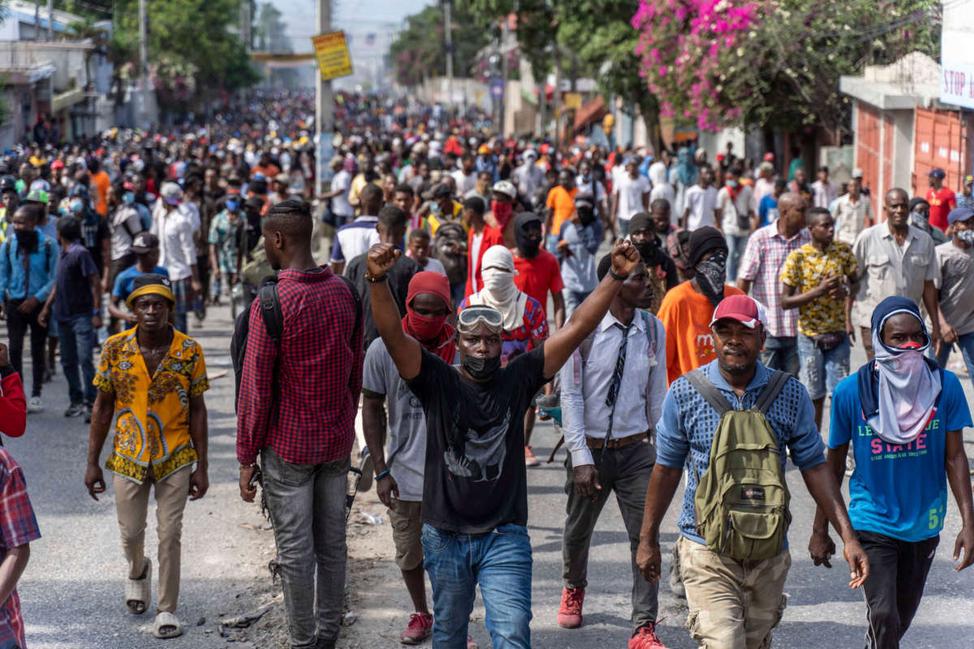
| Factor | Haiti | Dominican Republic |
|---|---|---|
| Historical Wealth | Wealthier until the 1980s | Less wealthy initially |
| Dictatorship Impact | Wealthy class fled, major brain drain | Education emphasized, limited brain drain |
| Independence & Colonial Legacy | Slave revolt, international boycott, heavy reparations | Latter independence, no reparations, less isolation |
| Tourism | Low due to insecurity | Strong tourism industry |
Haiti’s combination of a brutal colonial past, forced reparations, political instability, and lack of professional human capital contributes to its persistent poverty. The Dominican Republic’s path avoided several of these constraints, supporting more robust development.
While Haiti faces severe challenges, recognizing the complexity helps in framing effective aid and development strategies.
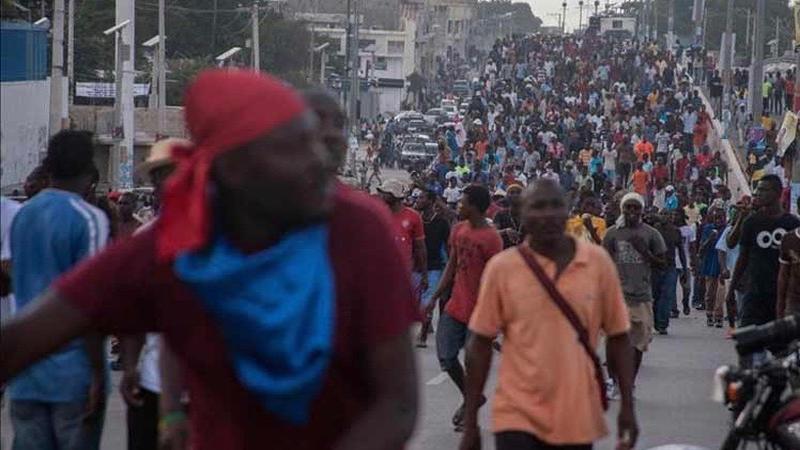
- Haiti was richer than the Dominican Republic until the 1980s.
- Haitian dictatorships caused loss of wealth and professionals through emigration.
- Haiti’s slave revolt independence led to international isolation and crippling reparations.
- The Dominican Republic benefited from later independence without these financial burdens.
- Tourism fuels the Dominican Republic’s economy but is limited in Haiti due to insecurity.
Why is Haiti so Much Worse Off Than the Dominican Republic?
Simply put, Haiti’s struggles stem from a complex web of historical, political, and economic factors, some recent and some rooted deep in colonial history. But how did two countries sharing the same island, Hispaniola, end up on such drastically different paths?
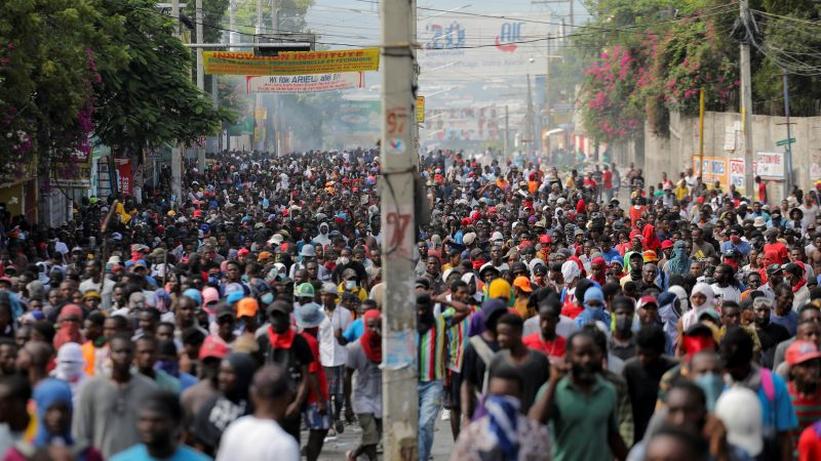
Let’s peel back the layers and explore the surprising history and realities behind this puzzle.
From Wealth to Woes: A Historical Flip
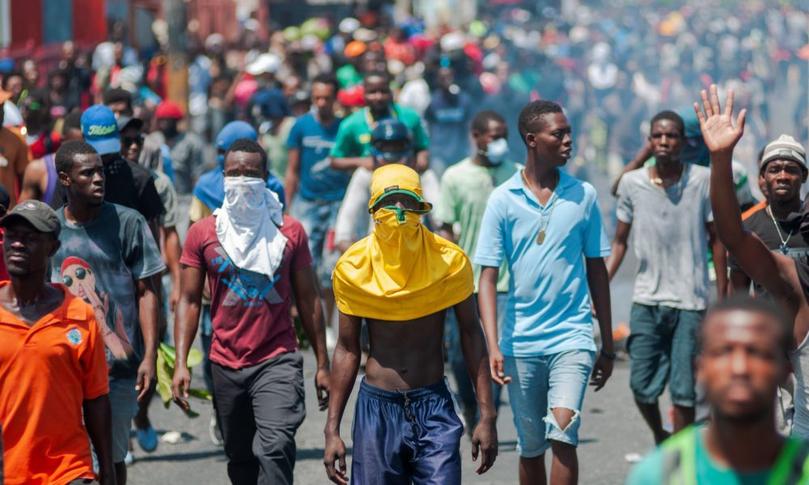
Here’s a shocker: Haiti was actually wealthier than the Dominican Republic until the 1980s. Yes, the same Haiti we hear about today was once the richer sibling on the island. This flips the story of eternal poverty on its head. What happened to cause such a steep decline?
This recent shift tells us that Haiti’s poverty isn’t ancient or inevitable. It’s relatively recent and tied to more modern events—meaning, problems happened that pulled Haiti down, not just natural resource scarcity or bad luck.
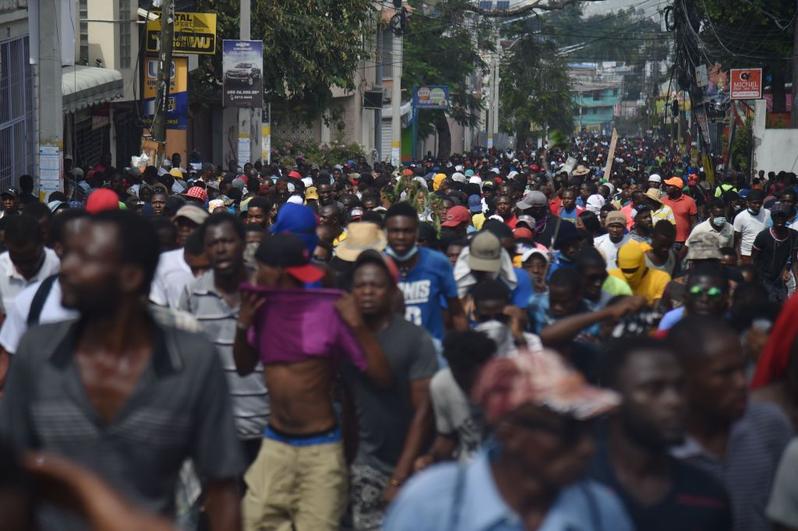
The Curse of Dictatorship and Brain Drain
One huge blow came from the dictatorship era under François “Papa Doc” Duvalier and his son Jean-Claude “Baby Doc” Duvalier. Their brutal regime wasn’t just about oppression—it sparked a mass exodus of Haiti’s wealthiest and brightest minds.
- Doctors, engineers, scientists — many fled, taking their knowledge and money with them.
- This brain drain gutted Haiti’s ability to self-repair and innovate for decades.
Contrast this with the Dominican Republic, which also had its dictator, Rafael Trujillo. Surprisingly, Trujillo pushed education, unlike Duvalier’s reign of terror. As a result, the DR kept its educated class intact, which nourished growth rather than strangling it.
Who knew dictatorships could have such different economic legacies? One destroys human capital; the other invests in it, even if both regimes had their dark sides.
Colonial History’s Crushing Weight
Haiti’s early independence was historic—the first successful slave revolt leading to the second independent country in the Americas. But freedom came at a terrible price.
- European powers were scared stiff—fearing their own colonies might follow suit—so they cut off trade with Haiti.
- Worse, France demanded massive reparations: 150 million francs to acknowledge Haiti’s sovereignty. This gargantuan debt, paid over 80 years with hefty interest, drained Haiti’s treasury for generations.
- The Dominican Republic, which gained independence later, avoided such crippling financial chains and international boycotts.
This early economic isolation set Haiti on a path of hardship long before the modern era. Imagine trying to build a nation while your neighbors are trading freely, and you’re shackled by unjust debts and embargoes.
The Tourism Divide: A Tale of Two Economies
Fast forward to today, tourism is a key driver of Caribbean economies. Here’s where Haiti again hits a snag:
Because of poverty-driven social instability and insecurity, tourists mostly steer clear of Haiti. The country misses out on crucial foreign currency and economic uplift that tourism brings. Without this influx, investments lag and so do jobs.
Meanwhile, the Dominican Republic capitalizes on its beautiful beaches, resorts, and relative stability, attracting millions of tourists annually. This steady stream of revenue fuels growth and infrastructure.
In this way, poverty creates a vicious cycle in Haiti: less tourism makes it harder to improve economics, which in turn sustains poverty. Breaking this loop is the big challenge.
What Can We Learn From This?
This isn’t a story of inevitability or cultural shortcomings. It’s about how historical circumstances, policies, and leadership choices ripple across time and shape futures.
- Had Haiti avoided draining debts and maintained its educated class, it might still be flourishing economically.
- Good governance, investments in education, and stability are key to economic success, as the DR’s experience shows.
- International attitudes and policies also matter: trade boycotts and reparations can cripple young nations.
So, is Haiti doomed to eternal poverty? Not at all. Understanding the historical context better equips policymakers and international partners to support Haiti’s recovery.
Steps Forward: Breaking the Cycle
Addressing Haiti’s issues isn’t simple. But certain approaches could pave the way:
- Invest in education and professional development. Bringing back or training new doctors, engineers, and scientists can rebuild vital infrastructure.
- Enhance political stability and security. A safer environment could attract tourists and foreign investment.
- Leverage international support wisely. Forgiving historic debts and encouraging fair trade can boost economic prospects.
- Focus on grassroots economic development. Supporting local businesses and agriculture creates jobs directly where needed.
The story of Haiti and the Dominican Republic proves that geography alone doesn’t decide fate. Policies, leadership, and history steer the course.
Next time you think about Haiti, remember that its challenges are layered and deeply rooted—but not permanent. Change is possible with focused effort and understanding.
“Haiti was once the shining pearl of the Caribbean. Its decline serves as a powerful lesson in how political decisions and international relations impact nations for generations.”
Want to help change Haiti’s future? Spread awareness, support sustainable development projects, and advocate for fair economic practices. Every piece of knowledge counts.
Why did Haiti’s independence lead to long-term economic hardship compared to the Dominican Republic?
Haiti won independence through a slave revolt, alarming European powers. They imposed trade boycotts and demanded huge reparations from Haiti, which drained its economy. The Dominican Republic avoided such crippling debts and isolation.
How did the Duvalier dictatorship affect Haiti’s economic recovery?
The Duvalier regime caused many wealthy and educated Haitians to flee. This brain drain removed doctors, engineers, and wealth owners, making economic recovery much harder after the dictatorship ended.
Why did the Dominican Republic suffer less from brain drain during its dictatorship?
Unlike Haiti, the Dominican Republic’s dictator Trujillo focused on education. This kept many skilled professionals in the country, supporting stability and growth despite political problems.
How does tourism impact the economic gap between Haiti and the Dominican Republic?
Tourism is a key income source for the Dominican Republic but much less for Haiti. Haiti’s poverty and social instability deter tourists, limiting economic growth and deepening its poverty loop.
